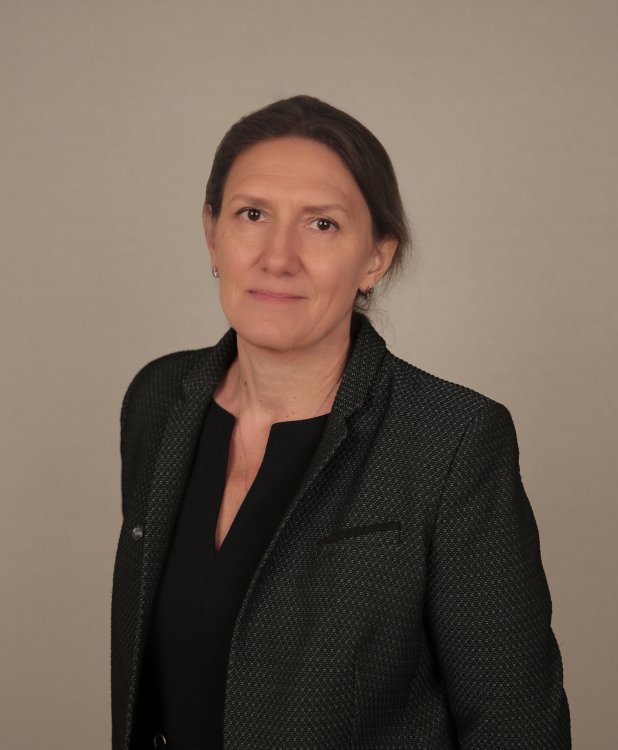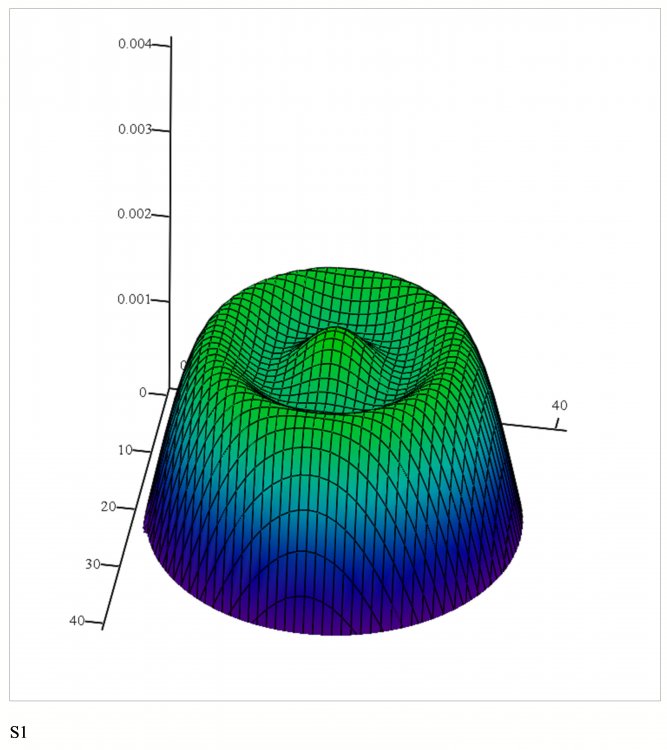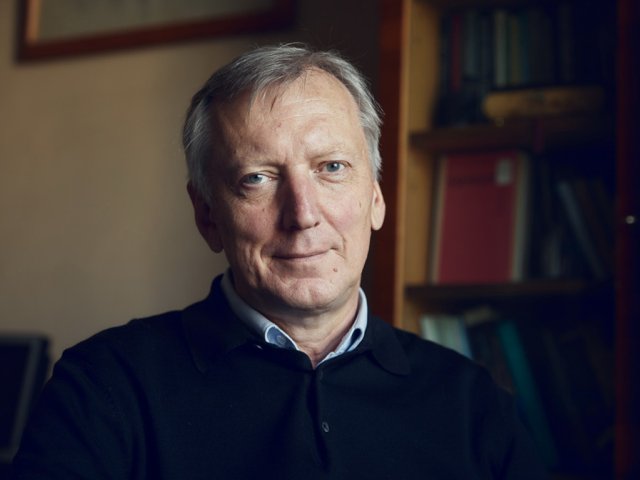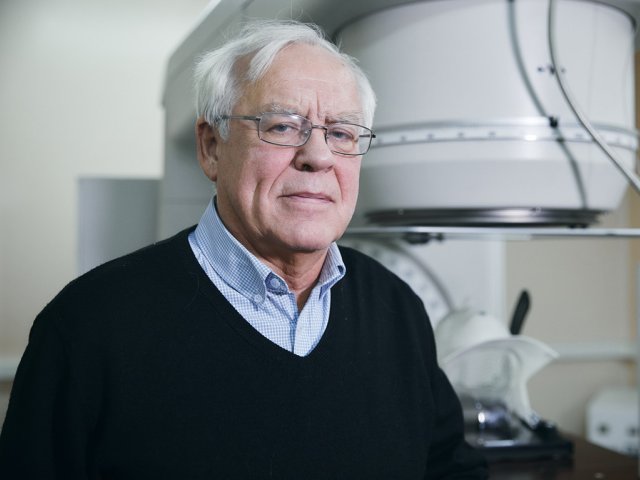Practical problems in the space rocket industry are solved using mathematic modeling and programming. Accurate and reliable calculations should take into account all expected challenges and special aspects as early as the stage of product design and development, since a wide range of factors can have an effect on spacecraft materials and components in outer space. In this connection, mathematic spacecraft motion models should include additional factors and limitations to spacecraft propulsion system control capabilities.
For many years, specialists from Samara State Aerospace University n.a. Academician S.P. Korolev have been working on complex mathematic spacecraft (SC) motion modeling taking into account the functioning of these structures and various physical and natural phenomena (Sun’s gravity, gravitational fields of Earth and the Moon).
Olga Leonardovna Starinova – professor, Doctor of Technical Sciences, head of the Department of Flight Dynamics and Control Systems, member of the Academic Council of the Institute of Space Rocket Engineering at the Federal State Autonomous Higher Education Institution “Samara State Aerospace University n.a. Academician S.P. Korolev” (National Research University)
Olga Leonardovna Starinova – professor, Doctor of Technical Sciences, head of the Department of Flight Dynamics and Control Systems, member of the Academic Council of the Institute of Space Rocket Engineering at the Federal State Autonomous Higher Education Institution “Samara State Aerospace University n.a. Academician S.P. Korolev” (National Research University, Samara) – speaks on the key aspects of her research studies in mathematic modeling, in particular, the development of a small solar sail spacecraft and model to assess the efficiency of design parameters for planned space missions, e.g., to an asteroid.
What are the specifics and development complexity of efficient and accurate mathematic models and programs for space rocket systems?
“Mathematic models are always used to design space systems. These models should most accurately describe the situation that a spacecraft will encounter in outer space. The more accurate model we want to create, the more complex it will be, as it should include multiple factors. If we want to analyze realistic spacecraft motion, our models should describe this motion more accurately. These aspects lie behind the complexity of space model development. There is even a philosophical problem: if we want to study an unknown space object, we should develop its accurate model. However, we initially have to reach this object to examine it and create such a model. That is, if we want to reach an object, we should have comprehensive knowledge of this object, and we do not have it.
Mathematic model based calculations have become more available at the current level of technological development, but scientists specialized in flight dynamics are always required, as they know how to create and program such models. Flight dynamics is a very mathematized field. To be a good specialist in this multidisciplinary branch of knowledge, one should be well aware of the fundamentals of engineering and spacecraft motion theory, programming, mathematics, and parameters of spacecraft with various propulsion systems. For some time, candidates for an academic degree in flight dynamics and control system had the right to choose and become a Candidate of Physical and Mathematical Sciences or Candidate of Technical Sciences,” Olga Starinova said.
What key goals have been in the field of mathematic SC motion model development, for instance, in the past 20 years?
“The key goal of cosmonautics remains the same, that is, to study outer space. In my opinion, this research area will always be relevant. Speaking about our achievements in the past 20 years, now humanity is close to the stage when lunar colonization becomes something useful for a consumer rather than some heroic deed. Not only Russian, U.S. and European spacecraft but also Israeli, UAE, Chinese and Indian devices have already visited the Moon,” the researcher specified.
Professor Olga Starinova is engaged in two key fields of developing mathematic models for space rocket systems: sail projects and research on motion in the gravitational fields of complex celestial bodies such as asteroids and comets.
In 1992, an international solar-sailing regatta to celebrate the 500th anniversary of Christopher Columbus's voyage to America took place. Russian specialists from Kuibyshev Aviation Institute (now known as Samara University) participated in the contest and took the second place ceding leadership to specialists from S.P. Korolev Rocket and Space Corporation “Energia” (Korolev), and their proposed calculations and concepts for a solar sail spacecraft sparked interest among Russian and foreign colleagues. As a result, they engaged in cooperation with theoretic physicist Elena Nikolayevna Polyakhova from Saint Petersburg State University and U.S. scientist Roman Yakovlevich Kezerashvili from The City University of New York (USA). Now the scientists continue their successful research studies and actively publish their findings in international peer-reviewed periodicals.
In 2016, at the International Astronautical Congress, Olga Starinova and Roman Kezerashvili came up with an idea about developing a solar sail spacecraft model and agreed on a common stand that structural calculations had to take temperature into account.
Olga Starinova has described a solar sail spacecraft that sparked interest among researchers and explained its operational principle, “This spacecraft moves thanks to radiation pressure exerted by sunlight: the Sun shines on the solar sail spacecraft surface and exerts light pressure similar to a wind effect, that’s why it is called a solar sail spacecraft. The benefits of a solar sail spacecraft are that they fly without using engine fuel and can exist for quite a long period of time completing their missions in the Solar System. What drawbacks do they have? They need a lot of time to maneuver. In this connection, we came up with an idea: it is possible to cover the solar sail spacecraft surface with a special substance (boron in this case) and calculate potential spacecraft behavior. When the solar sail spacecraft needs to speed up, it can be led to the Sun, its surface temperature will reach a needed level and make the substance evaporate from its surface, which will give additional acceleration to the spacecraft, that is, it will act as a pseudoreactive engine. The solar sail is made of thin film, and the evaporating substance will be applied on this film to give a boost, so calculations should be performed to avoid damage to the film, as pressure will be quite high. In addition, it is important to perform strength and vibration calculations. We made such calculations. Our findings show that the solar sail is able to endue this high pressure, and the resulting acceleration allows making expeditions to remote planets of the Solar System or travel beyond its borders.”
The proposed solar sail spacecraft model cannot be tested in Earth’s conditions. It can be done in Earth’s orbit only. Olga Starinova claims that “we cannot test solar sail spacecraft under the action of Earth’s gravity. A solar sail will not deploy in Earth’s condition. Most likely, it will break. A solar sail can be deployed only in zero-gravity conditions, and it should be delivered to these conditions while being folded.”
Nevertheless, laboratory tests were carried out to examine the influence of temperature on the surface of the solar sail film: the film with the evaporated material was placed into a vacuum chamber, and required temperature levels were reached. Olga Starinova notes that “the flight dynamics of solar sail spacecraft strongly depends on its durability and temperature calculations.”
The smallest solar sail spacecraft currently proposed by scientists is 10 meters in radius, and its speed will depend on its surface temperature and motion trajectory. In fact, this spacecraft is able to reach the speed of 100-200 kps.
The Russian researchers have already introduced their draft solar sail spacecraft model the sail of which is deployed by means of an external inflatable torus-shaped ring: the structure has control elements that will help turn the solar sail spacecraft towards sunlight at the right angle and surface to apply the evaporating substance.
Torus-shaped sail surface oscillations under the action of light pressure, meters. Calculation findings obtained by the solar sail spacecraft research team supervised by professor Olga Starinova
Samara scientists examine different sail structures and carry out calculations to choose an optimal option. For instance, most currently existing solar sail spacecraft are wireframe: they are simple but heavy. Rotor (rotating) solar sail spacecraft are lighter and able to fly with higher acceleration. The specialists have chosen a torus-shaped solar sail spacecraft on the surface of which boron will be applied.
“We’re going to perform complete calculations for a torus-shaped solar sail spacecraft. Our U.S. colleagues carry out temperature surface tests. The National Aeronautics and Space Administration (NASA) produced real-life wireframe solar sail spacecraft. The current structure weighs less than 100 kg.”
Olga Starinova and her colleague Elena Polyakhova plan to write a popular science book about solar sail spacecraft for high-school children to introduce them to the history of sail projects and calculation methods and, in general, to popularize mathematical space object modelling.
Sail oscillation stages in the process of applied substance evaporation. Calculation findings obtained by the solar sail spacecraft research team supervised by professor Olga Starinova
In addition, sail system development is connected with the modeling of motion in complex gravitational fields. Now professor Olga Starinova leads the work on RFBR Grant No. 20-38-90200 Control law formation methodology for electric propulsion spacecraft meant to study small bodies of the Solar System (September 1, 2020 – September 1, 2022)
“We have models of four odd-shaped celestial bodies. The models were obtained during real-life spacecraft missions. These models are well-examined and described. However, when we look at some asteroid from afar, we’re able to find out its circumsolar orbit, calculate its speed and mass, and determine its orbital period using variations in its light intensity. However, it is very hard or even impossible to see the shape of such a small body even using a telescope. Therefore, we don’t have enough data to create a mathematic model of its gravitational field. We came up with an idea: existing initial data can be used to create an approximate model for gravitational asteroids or comets, and this model allows describing such objects as an array of gravitational concentrators. We compared our approximate model with findings obtained during real-life spacecraft missions and confirmed that we’re able to calculate all maneuvers against these objects with the accuracy of up to 10-15%. This model will allow determining the amount of fuel necessary for a spacecraft to perform all required maneuvers, and what engine to use as early as the mission development stage,” Olga Starinova said.
Therefore, complex spacecraft motion and durability modeling opens possibilities for increasing the duration of interplanetary research missions, ensuring fast motion in outer space and, in the long run, expanding our knowledge of the infinitely unexplored universe.
*All images are provided by Olga Starinova
























